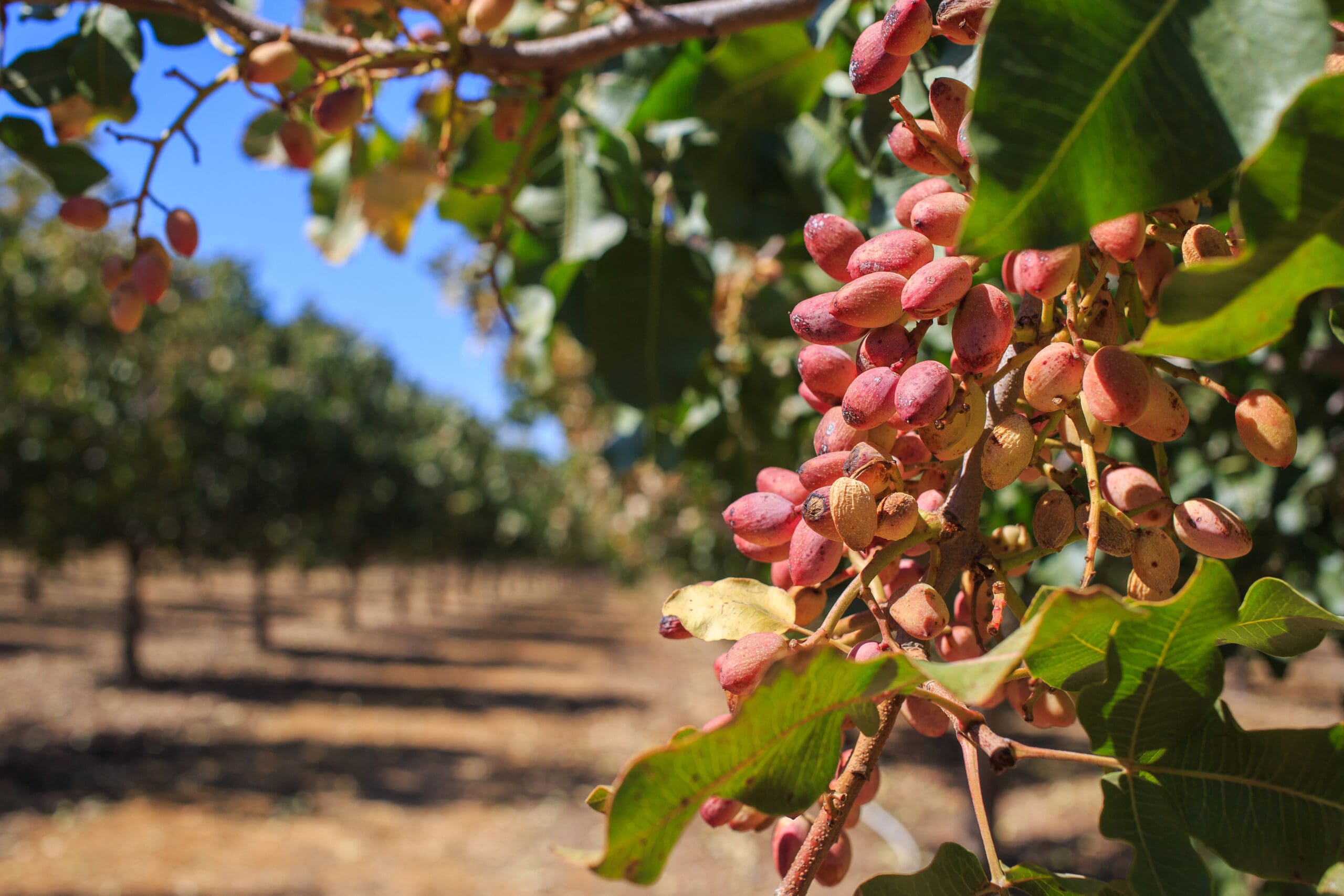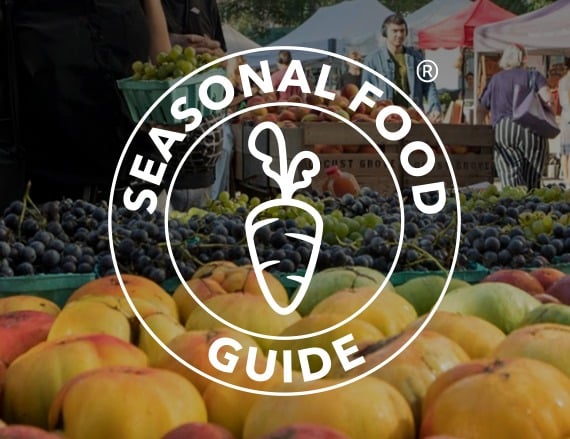Real Food Encyclopedia | Pistachios
The pistachio (Pistacia vera) isn’t technically a nut at all. Botanically speaking, it is a “drupe,” a fleshy tree fruit that contains a shell-covered seed. In the case of pistachios, that thin fleshy layer comes off easily to reveal the hard-shelled treat we know and love.
Pistachios originated in Central Asia, and have been a prominent feature in Persian, Afghan and other Central Asian cuisines for millennia. They were later introduced to the Mediterranean, and have been widely adopted into foods (especially desserts) across Southern Europe, North Africa and the Levant.
For most of the history, Iran grew more pistachios than any other country on Earth. As we explore in our podcast, What You’re Eating, pistachios were a very minor crop in the U.S. until recent decades, when sanctions on the new Islamic Republic pushed Iranian pistachios off of U.S. shelves. In the last few decades, U.S. pistachio production has dramatically expanded: The U.S. (mostly California) now produces over 800 billion pounds of the nuts per year, more than any other country. While that’s pushed pistachio consumption to trendy new heights in the U.S., the scale of the new orchards mean the industry has a big environmental footprint, especially when it comes to water use.
Did you know?
- Before pistachios were grown domestically, they were often dyed red to hide the blemishes they incurred during transport from the Middle East.
- King Nebuchadnezzar had pistachios growing in the hanging gardens of Babylon.
- Because the nuts’ shells open when ripe, they are uniquely susceptible to contamination by the carcinogenic aflatoxin, the toxic product of a mold that is common in a range of foods, including tree nuts. The Administrative Committee for Pistachios regulates 99.9 percent of the pistachios produced in the United States to prevent exposure to this potentially fatal toxin.
What to look for when buying pistachios
On the tree, pistachios are reddish, wrinkled fruits that grow in heavy clusters reminiscent of a bunch of grapes. The husked fruit contains a thin, ivory-colored, bony shell that splits longitudinally along their sutures when mature. Inside the shell is the kernel — what we refer to as the nut. It is about one inch in length and a half-inch in diameter. The kernel ranges in color from yellowish to bright green, the more prized specimens being the more vibrantly hued.
Pistachios are often sold in-shell, roasted and salted. While these are great for snacking, they aren’t the best for cooking and baking. Shelled, unroasted pistachios are better suited for these purposes. When you’re shopping for unroasted pistachios, look for those that are brightly colored and firm. Both roasted and unroasted pistachios can go rancid quickly when exposed to air, so look for pistachios in a sealed container.
Sustainability of pistachios
Pistachios are native to semi-arid climates in Central Asia, so they are adapted to long, hot, dry summers like those of California. But while the trees are good at surviving droughts, establishing new trees — especially giant orchards like those in California — takes a lot of water. Taking all that water into account, pistachios need about taking 341 gallons of water per 4 oz serving. This is less than some other nuts like almonds, but in drought-stressed California, they still need a lot of supplemental irrigation from groundwater and limited surface water. This means that orchards are often in competition with other farms, conservationists, and residents for limited resources. overextraction of water by nut orchards can stress delicate river ecosystems and even make groundwater undrinkable as arsenic and other contaminants seep in.
Like other orchard crops, pistachios are often grown with synthetic pesticides and fertilizers, though many growers use integrated pest management (IPM). In IPM, growers take advantage of beneficial organisms as a first line of defense against pests, allowing them to cut back on pesticide use. If you’re concerned about pesticide use and its impacts on farmworkers and the environment, seek out USDA Organic pistachios.
Seasonality
Harvest takes place anywhere from late August to early October. The nuts are harvested when the husk or hull covering the shell becomes fairly loose. Trees are shaken to release the nuts which fall into mechanical harvesters or onto tarp-covered ground. The outside fruit, or epicarp, must be removed within 24 hours to prevent staining. In large orchards this is done mechanically, but small-scale growers load their freshly harvested pistachios into sacks and roll them around to knock the epicarp from the nut.
The pistachios are then dried either by laying them out in the sun for about two days or by giving them a twenty-minute spin in a commercial drying tank. The nuts are then roasted before being brought to market.
Eating pistachios
Storing
Stored in plastic bags, roasted pistachios will last for about a year in a cool dry place. Nuts go rancid over time, so it’s important to rotate your pantry supply to ensure freshness. Only buy what you will eat within a few months if storing them at room temperature or freeze the nuts for longer storage. Always defrost in their sealed bag before opening to prevent condensation from forming on the nuts. Dampness can invite mold and fungus to contaminate the pistachios.
Cooking with pistachios
Pistachios can be eaten raw but are rarely available that way, as they are difficult to transport. Commercial pistachios are dried and roasted. You can find them salted and unsalted.
Pistachios are often eaten out of hand and are sold in their shells for snacking.
Shelled, unsalted pistachios are preferred for cooking. They are popular in sweet dishes such as ice cream, desserts and confections, particularly in Middle Eastern and Mediterranean cuisines. They are delicious in savory recipes as well. Try them in grain dishes and salads for a welcome crunch and rich, buttery flavor.
Nutrition
Pistachios have 25 percent of the daily value for Vitamin B6, 15 percent of the daily value for thiamine and phosphorus and ten percent of the daily value for magnesium. They have fewer calories and more potassium and Vitamin K per serving than other nuts. Pistachio nuts contain a substantial amount of fat — 15 grams — per ounce, the majority of which is unsaturated.


